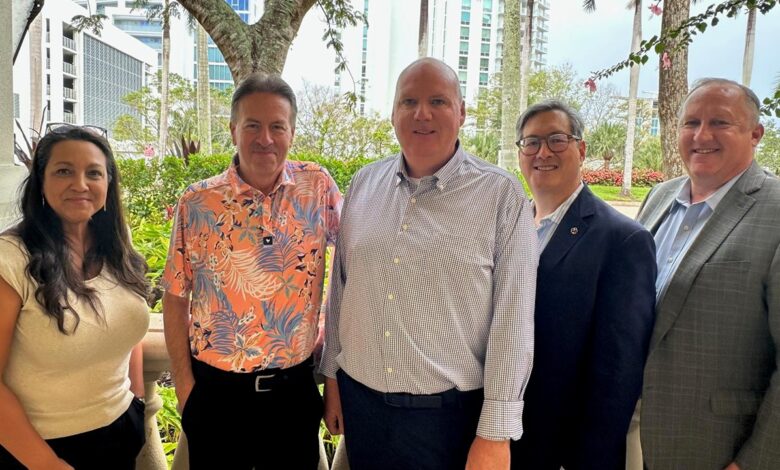
BITAC Purchasing & Design Summer 2025 Panel: Cultural And Local Influence, Part 2
By Jim Nelson | October 20, 2025
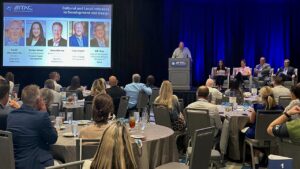 Hotel Interactive’s sister company, BITAC, recently held its annual summer Purchasing & Design event, where hospitality executives came together to build relationships and learn.
Hotel Interactive’s sister company, BITAC, recently held its annual summer Purchasing & Design event, where hospitality executives came together to build relationships and learn.
In part 1 of this article highlighting the panel on best practices for incorporating local art and cultural elements, moderator David Messersmith, the president of Drop Zone Hospitality, and his panelists got into brand standards vs. local adaptation and cost, creativity, and operational impact.
Here in part 2, the panelists — Corina Heizer, the VP of procurement at Premier Project Management; Marriott International’s Director, Global Design | US & Canada Dave Morton; Clay Snyder, senior director at Hilton Supply Management; and Bill Tom, the regional vice president, construction and project management for Hyatt — discuss how success in hospitality development and design hinges on robust project management, cross-disciplinary integration, local influence, and experiential travel.
DAVID MESSERSMITH: Talk a little bit about your role in keeping everybody in their swim lanes and helping coordinate, from a design perspective and cost perspective, some of the benefits of making sure everybody’s on the same board.
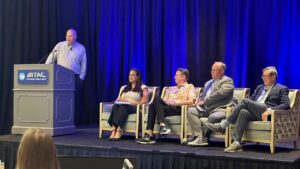
CORINA HEIZER: Depending on what artist or artisan you’re selecting, of course, all the wonderful locations your property could possibly be, the details about whether or not this art is actually going to be owned by the artist, by the owner, by the property — who is actually buying the piece of art, if you’re getting a custom? Depending on the scale of the of the art piece, if it’s not just a wall hanging, do you have the structural integrity? Do you have the low-voltage lighting? Where is your lighting and coordinating with all the engineers? Because I have regrettably seen, not even just for artwork, but for other things where those disciplines weren’t integrated and then it falls short of what everyone’s expectations were. The structural, and then you want to know about the maintenance and cleanability. San Francisco requires you to have one percent of the construction value in public art; it doesn’t necessarily mean that it has to be a local artisan, but it definitely has to be a public artwork. So, if you’re hanging from the ceiling, you just need to make sure that everything you have is there to make it actually come to light. And then, of course, your insurance and your waivers that you want to make sure that you have. Is your artist installing onsite? What’s the schedule implications? Artists are artists, and so they have schedules, and then they don’t have schedules. So, if your construction timeline changes, you always have to reach out: “Does this work for you? Phase one is on schedule; phase two is not on schedule; can you work it in?” Just making sure you’re in touch with your artists, or whomever you’re using on a regular basis. That’s from a project management perspective.
DAVE MORTON: I would say our projects, where there is a project manager involved, are much easier. Otherwise, it’s an owner who feels they can do it, or they tap their GM or director of engineering saying, “You do this in addition to your daily role.” I can’t tell you how many projects I’m currently talking on where I’m telling the architect, “Talk to the interior designer,” and the interior designer, “Call the architect.” We get submittals, and half the time our submittals are separate; they’re not together, and it’s just, “Talk to each other and coordinate amongst yourself.” They’re much easier when there’s a project management firm involved.
DAVID MESSERSMITH: My favorite is when you get the call and the client says, “I just need this,” and they don’t understand that that just impacted 19 other things. So, to your point, yeah, when you get multiple hands in the cookie jar, it can get a little ugly quick.
DAVE MORTON: Yeah, I’ve moved my role recently, so I’m overseeing a new-build group that’s overseeing 1,000 projects, and I can’t tell you how many owners I talk to, and when I talk to them, I’m asking them, “Do you realize how many projects Jamie is working on?” or whoever’s name I throw out there. And they’re flabbergasted when they hear, if it’s a custom project, they’re probably doing 50–75 jobs. If it’s a prototype job deck, it could be 200 plus. And they don’t have a clue. They think we’re sitting around waiting to answer their question the day it comes in.
CLAY SNYDER: Because of the quantity of projects that are in the pipeline looking at prototypes and looking for easier ways to get that key-count flip, to get that net-unit growth in the system as quickly as possible. That continues, whether it’s the economy scale-up through the full service brands. It’s definitely high priority.
BILL TOM: It depends upon what tier of property you’re developing or servicing, or what your client is trying to do. In terms of swim lanes, you need more swim lanes on the focus service side of things, and as you get into where I believe the industry is growing now, which is a lot more to the collections that Clay mentioned, you’re getting into projects that are very nuanced in terms of cultural and local influence. And if you were to build a brand off of that, that’s where there is a lot of fun happening. You’re not building a brand, but you’re finding that somebody with high net worth, who’s from this community, wants to build a hotel and it doesn’t want to fall into the Hyatt Regency, Hilton full-service, Marriott full-service intercontinental, whatever, they want something that’s very personal to them and that’s when you get great projects. When you have somebody with the vision. And to your point, the swim lanes that people talk about, they break them all down because that’s how they got to be successful. They didn’t believe in those things. And how you support those guys would be to help them break those swim lanes, or swim in them but just keep them a little looser. I don’t think there’s the high volume of them, but there’s certainly where there’s a lot of emphasis today, I think, and that’s where this topic really hits home.
DAVID MESSERSMITH: I just got back from an international trip — a lot of us travel internationally — and I will start by saying Americans are the worst tourists in the world. Sorry, see if we can be better travelers. I was in Greece last week, and Sunday morning I decided to go out from morning walk, I heard a church service going on, I just slipped in the back row; a person walked right in the middle of the service with their camera rolling, recording the whole thing; people are having a worship service. I saw somebody climb a statue to get a selfie; you see people wearing their hats on backwards and their Crocs in really nice restaurants. What are the brands doing, if anything, to make their guests a little more self-aware of their environment? And in addition to being great employers, are there other things you’re doing in the community for the locals where your properties are located?
DAVE MORTON: We have a couple of programs; there’s one called Take Care, and another one, a disaster relief fund, that are available to local associates if something happens in these locations. I don’t know that we educate guests coming in so much, but if anybody’s ever heard some of Mr. Marriott’s quotes, one of his favorite is, “Take care of your associates, and they’ll take care of your guests.” So, I think it’s ingrained in every general manager and executive staff. So, I think take care of the associates and they hopefully will share some of that local knowledge with guests. But I agree with you, some Americans can be the worst tourists anywhere.
CLAY SNYDER: On the Hilton side I believe there’s a lot of focus, and we all endeavor for that experiential trip. As we’re moving much more into the space of the independent hotels that are part of brands, you’re able to use your Bonvoy or your Hyatt points or your Hilton points for that experiential. I don’t know how much that gives back, though, to the local communities, but it’s taken it beyond the hotel to those plus-one adventures, those opportunities to get out in those communities and see what’s going on and do other events that are there to be a plus-one from your hotel experience.

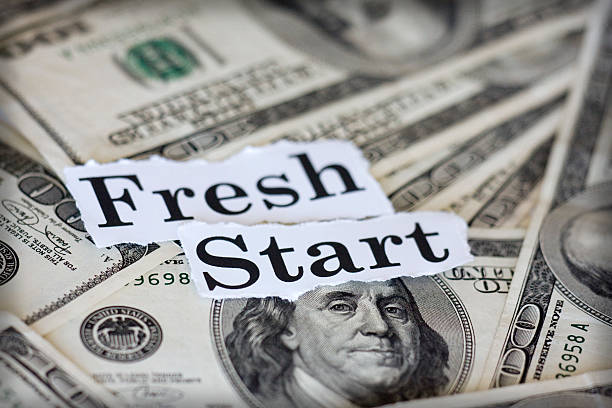
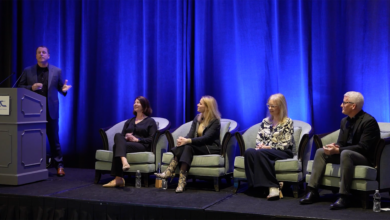
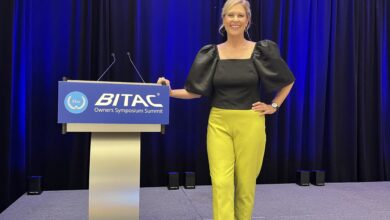
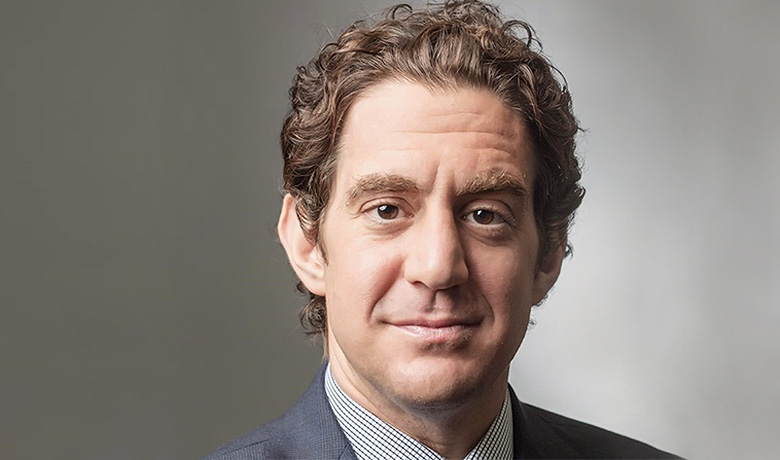
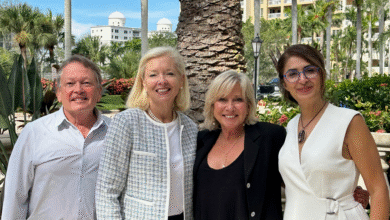
Get involved!
Comments